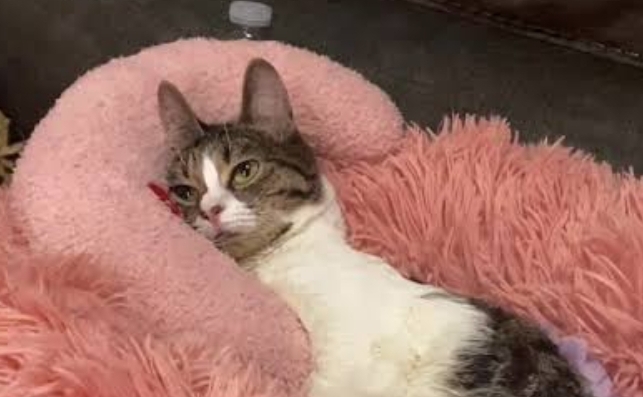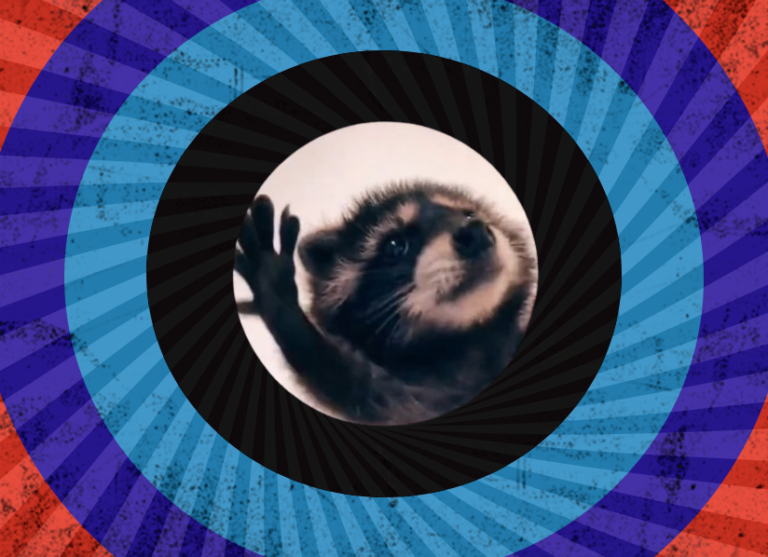What Does The Bear Mean on TikTok? A Look Beyond the Fur
The “IChooseTheBear” trend perfectly exemplifies the power of social media to spark important conversations.

TikTok, the ever-evolving social media platform, throws up trends at a dizzying pace. One recent trend has seen creators – particularly women – participate in a seemingly nonsensical scenario: “Would you rather be alone in the woods with a man or a bear?” The answer, more often than not, is the bear. This seemingly lighthearted question, however, has sparked a much deeper conversation about female safety and the ever-present threat of violence.
Deconstructing the “Man vs. Bear” Scenario
On the surface, the question appears absurd. Bears are dangerous wild animals, capable of inflicting serious harm. Choosing a man, statistically, seems like the safer option. However, the true meaning of the trend lies beneath this surface logic. By opting for the bear, creators are making a powerful statement about the dangers they perceive from men. The “man” in the scenario represents a potential threat – a predator who may not respect boundaries or listen to a woman’s voice.
The choice of the bear isn’t a literal one. It’s a symbolic rejection of the constant state of guardedness many women feel around men, particularly strangers. There’s a sense of resignation – the bear, while dangerous, might be a more predictable threat. Women can employ strategies to deter a bear attack, like playing dead. But navigating the complexities of human behavior, especially when faced with potential aggression, is a far more nuanced challenge.
Beyond the Hashtag: A Call for Awareness
The “#IChooseTheBear” trend has resonated with many women, sparking a wave of videos and discussions. The vulnerability and honesty in these videos highlight the very real anxieties women face. These anxieties aren’t unfounded. Statistics show that women are disproportionately victims of violence, particularly sexual assault, by men they know. The trend isn’t just about wild animals; it’s about a world where women often feel unsafe and unheard.
The “man vs. bear” scenario isn’t meant to demonize all men. Many viewers, including men themselves, have expressed empathy and understanding for the sentiment behind the trend. It’s a call for open dialogue about the challenges women face and the importance of creating a culture of respect and safety.
This trend has also sparked debate. Some argue that it paints men with too broad a brush, suggesting all men are potential predators. However, supporters maintain that the point isn’t to vilify men, but to raise awareness about the constant state of hypervigilance many women experience.
The Power of Social Media and the Unfolding Conversation
The “IChooseTheBear” trend perfectly exemplifies the power of social media to spark important conversations. A seemingly silly question has unraveled a complex societal issue. The trend has given a platform to women’s voices, allowing them to share their experiences and raise awareness about a critical social issue.
Social media allows for the creation of online communities where shared experiences can be validated and discussed. The trend has fostered a sense of solidarity among women, letting them know they are not alone in their anxieties. It has also opened a dialogue between genders, with men engaging in conversations about how to create a safer and more respectful environment for women.
The “IChooseTheBear” trend may fade from the front page of TikTok, but the conversation it has sparked is likely to continue. It’s a conversation about safety, respect, and the importance of listening to women’s voices. The trend may have begun with a lighthearted question, but it has become a powerful call for change.






